Editor’s note: We’re looking back at a another historical blade. There are a lot of modern versions of this knife, and a lot of fakes. Where can you look if you want an original? Rock Island Auctions has a huge auction coming up this week. It starts on the 11th of September, and will run for several days. You can bid on-line, by phone, or by proxy. Check out the Fairbairn-Sykes they have coming up in the auction: https://www.rockislandauction.com/search/aid/65.
[full_width]
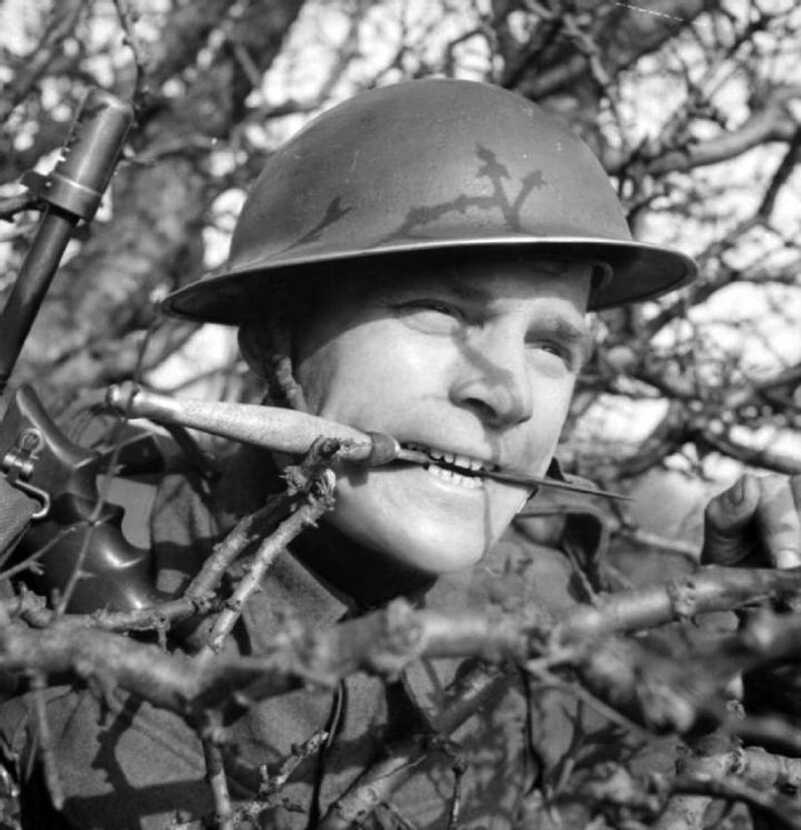
If the edges on that Fairbairn-Sykes are sharp, this guy is going to end up with a Glasgow Smile. Is that a Thompson he’s carrying?
[/full_width]
We don’t just like things that go bang around here at GunsAmerica, we are also fans of the blade. This installment is a continuation of the history of the fighting knife that we started with the Ka-Bar knife of WWII fame. The idea here is to look at some of the classic fighting knives for a bit of background on their development before we look at some more modern designs.
This brings us to another famous knife of WWII, albeit from the other side of the pond: the British Fairbairn-Sykes.
[full_width]
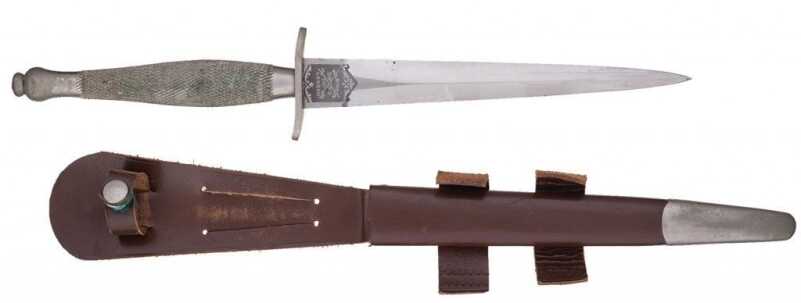
This knife will be auctioned in Rock Island Auction’s upcoming auction, which starts Sep 11.
[/full_width]
Iron Fist from the Sea
“The Iron Fist from the Sea”, is what Sir Winston Churchill said of the British Commandos during WWII. They were formed during a very dark time in the early part of WWII. The British and Allies had suffered a devastating loss at Dunkirk Beach. Part of the plan to recover from the setback was to develop small, specialized, and highly trained units to hit the Germans hard, fast and where they were the most vulnerable. I am simplifying here a bit, but that is the general idea behind the British Commando units.
The Commandos needed to be armed, obviously, and the “hit and run” type fighting they were training to do required some specialized equipment. The training and expectations of the units helped to shape the knife they would adopt– the Fairbairn-Sykes (F-S for short).
Fairbairn
William E. Fairbairn was a bad ass. He served with the International Police Force in Shanghai, China in the first half of the 20th Century. During this time he was involved in hundreds of street fights involving knives. He studied a multitude of Martial Arts and used his training and real world experience to develop his own form of close combat fighting called Defendu. Part of his school of combat included knife fighting and a knife to fight with. This design would later be refined into the Fairbairn-Sykes.
He even published a book on the subject. These images are from Comics with Problems. Read Fairbairn’s own guide to hand-to-hand combat there: https://www.ep.tc/problems/46/096.html
Sykes
Eric A. Sykes was yet another bad ass. He also served on the Shanghai Police Force, where he met William Fairbairn. Together they refined the shooting and close combat tactics Fairbairn had developed. They both would later teach these tactics to The British Commandos. He is reported to have ended most of his lectures with “and then, kick him in the testicles.” Meaning that even if your fighting didn’t permanently incapacitate your opponent, a swift kick to the family jewels will take them out of the fight for a while.
The Knife
So what is this knife that Fairbairn and Sykes developed? It is a stabbing knife, a pig sticker. It is an ancient design. The most artistic versions of this blade would have been found during the era of plate armor. The narrow blade of the daggers and stilhetos of the era were intended to find chinks in armor. Many of those blades were not flat, but triangular or trapezoidal. The emphasis was on strength and stabbing power, not cutting potential.
[full_width]
[/full_width]
This is not a utility knife that also fights like the Ka-Bar. This is purely a fighting knife. The knife has an overall length of 11.5 inches (with the blade comprising 7 inches of that length). The F-S is essentially a dagger with a foil handle. The point of the blade is meant to be needle sharp to stab into the neck or chest. The knife edges were not super sharp, but did have an edge to them.
[full_width]
[/full_width]
The idea being that a cleanly cut artery will bleed out faster than one that is torn from a dull blade. Why? If you rip open a wound, the edges (which are jagged) fit back together like puzzle pieces. The wound will seal itself more securely. If you slice open a wound, you create smooth edges that (when lubricated with blood) slide against each other. When the edges slide against each other, the wound doesn’t close as quickly and (theoretically) bleeds more.
That’s the goal. Like a lot of a lot of Death’s students, Fairbairn knew that there is only one thing that ever kills a man–a lack of oxygenated blood in the brain. Gruesome stuff to be sure, but that is what this knife was designed to do.
Was razor sharp the way to go? Maybe not. There are rumors and stories that the needle sharp points of the F-S design got stuck on bones. If you were to stab a person in the chest, hoping to work the steel up under the ribs, you could end up lancing a rib. That’s what ribs are for–they protect the vital organs.
Was it a lesson learned by experience? I can’t substantiate it. But you can find original F-S knives that have razor sharp sides and purposely blunted tips. The rounded over points weren’t rounded by wear, as some have claimed, but purposefully so they would hit a rib and then roll off of the bone to the soft tissue above or below.
Manufacture
The Fairbairn-Sykes went through a few changes during WWII. The first version of the knife was only made by Wilkinson Sword Company. These first version knives have a slightly shorter blade (6.5 inches) and an S curved crossguard. The 2nd version was made by a lot of different companies and has the 7 inch blade and a straight crossguard. The 3rd and final (wartime) version of the knife was the same as the 2nd pattern but with a changed grip surface on the handle.
The Army Rangers
General Darby, who was a highly influential figure in the development of the Rangers, trained with the Brits at the opening of WWII. He studied use of the knife, and brought examples back to the states. The design was copied here in several forms and continued to evolve.
[full_width]
[/full_width]
Case made the V-42. Original versions sell at auction sometimes. Prices start around $5K and go up from there. Case makes some reissues from time to time. They brought a new version to SHOT Show last year. It sells for $450 or so.
[full_width]
[/full_width]
Check out this video of WWII Commando Veteran Stan W. Scott taking about the use of the Fairbairn-Sykes and some of the training he and his mates received.
Want to know more about the design? Check out this page: https://www.fairbairnsykesfightingknives.com/. There is a lot of good imagery here that chronicles everything from inspection stamps to nuts. If you are a collector, this is a good resource.
[full_width]
[/full_width]
Want a modern version? There are a lot of knock-offs. There are cheap imports, nicer British versions. Lots of originals. I’d normally provide a link here, but the task is absurd. Too many options. One interesting twist is the Browning Rail-System Knife pictured above. This has a plastic sheath designed to mount to the rail on an AR.
[full_width]
[/full_width]
[full_width]
[/full_width]
[full_width]
[/full_width]
[full_width][/full_width]

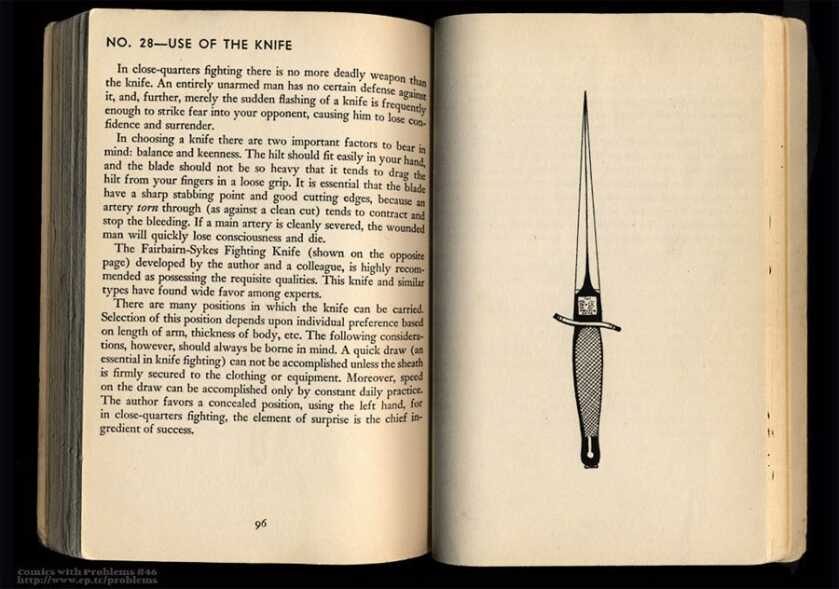
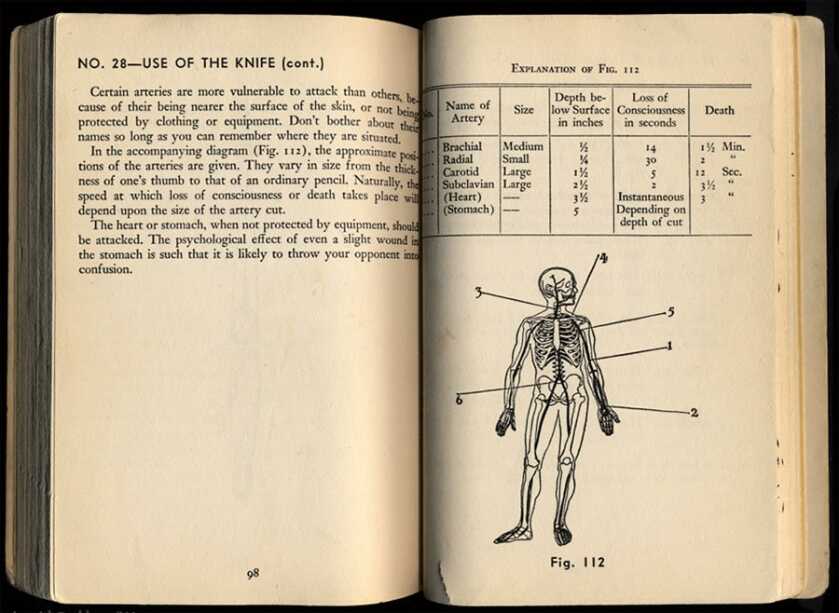
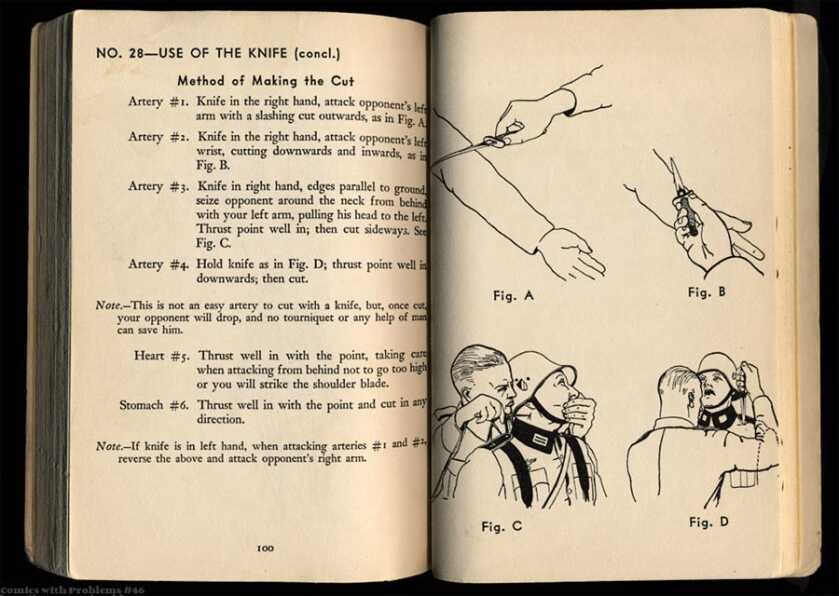



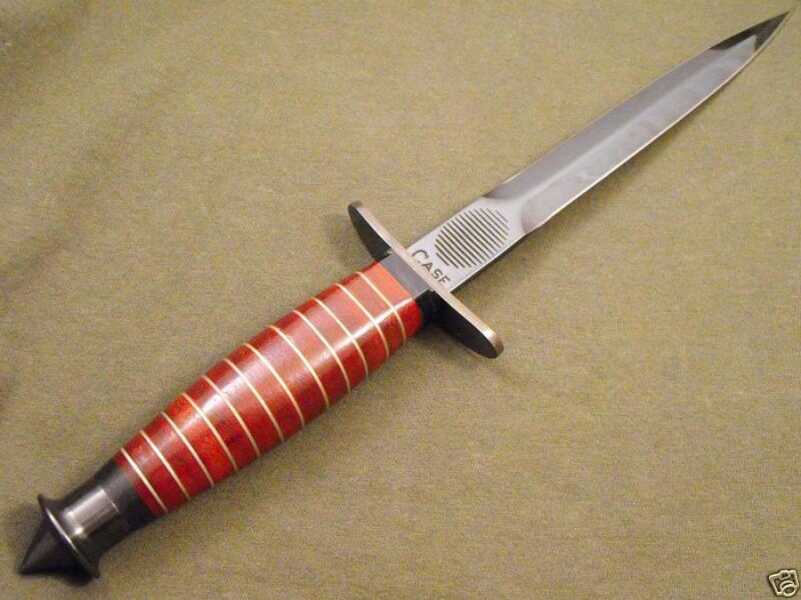



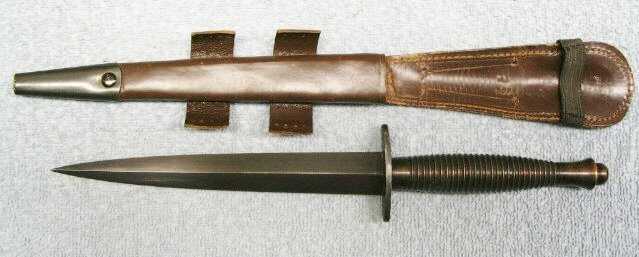

As heard on “Dad’s Army”; ….they don’t like it up ’em.
i carried this knife in vietnam for half a year.
i made it from an m14 bayonet basically.
spent much time on it. liked it a lot when done.
so did my compadres.
great knife in hand and also a fair worthy thrower.
the knife articles are good articles this isssue however
you surely missed the boat on buying off of ebay.
larger bowie and kukri certainly.
sellers have expenses. if the buyer pays the shipping
then yeah you ‘might’ get one of these knives for $40.
if you have the seller pay shipping, tracking, and the
usps services forget about it. going to be towards $60
7th special forces a team 12b3s, excellent article. Thank you
Again Guns America delves into the area of shapened metal. the most segniffent cultural advancement in Mankind’s Evolution. I so enjoy your Publications, available to the masses via this Internet Thing. This specific article is guttural even more so due to the links to more details you have included. I thank you.
This is a dagger,
designed for penetration
and quickly killing the opponent,
secondarily works as a slashing weapon
but the design is weaker in this regard,
a well made FS is a fine weapon
and a real work of beauty
My Father was an original Raider and I have his Fairbairn-Sykes and electrical taped K-Bar proudly displayed in my cabin. I would appreciate any further info on the “original issuance” of the knife to Marines during WWII. I too am a former(I know, no formers) Marine at 65 years of age.
Without any doubt, the FAIRBAIRN-SYKES (F-S) Knife has deliveredsuch a high number of souls that only the Devilhas a tally. This knife is generalized as a fighting knife but actually it is a ambush/attack knife by design and more importantly by the employment methods stressed by both designers. Elastic was even used to retain it in the sheath to ensure silent draw. It is this type of primary employment that led to the name Commando Knife. Yes, it has held its own in other fighting applications BUT it can fail due to its very small diameter tang when physical loads are off the center line axis. “Dangerous Dan” Fairbairn also wrote books on handgun and hand to hand tactics to name a few. A fine Warrior was he.